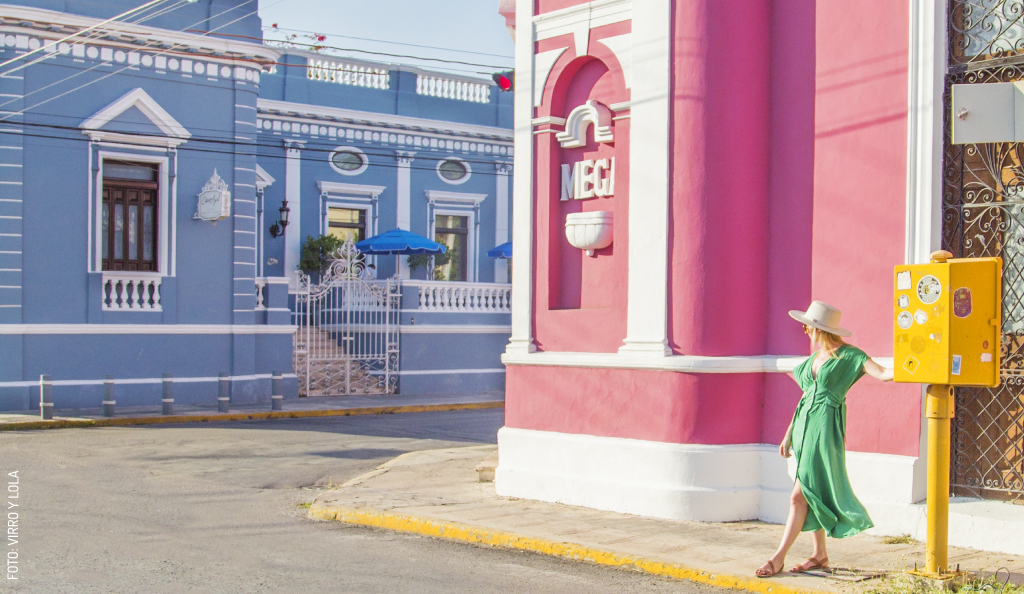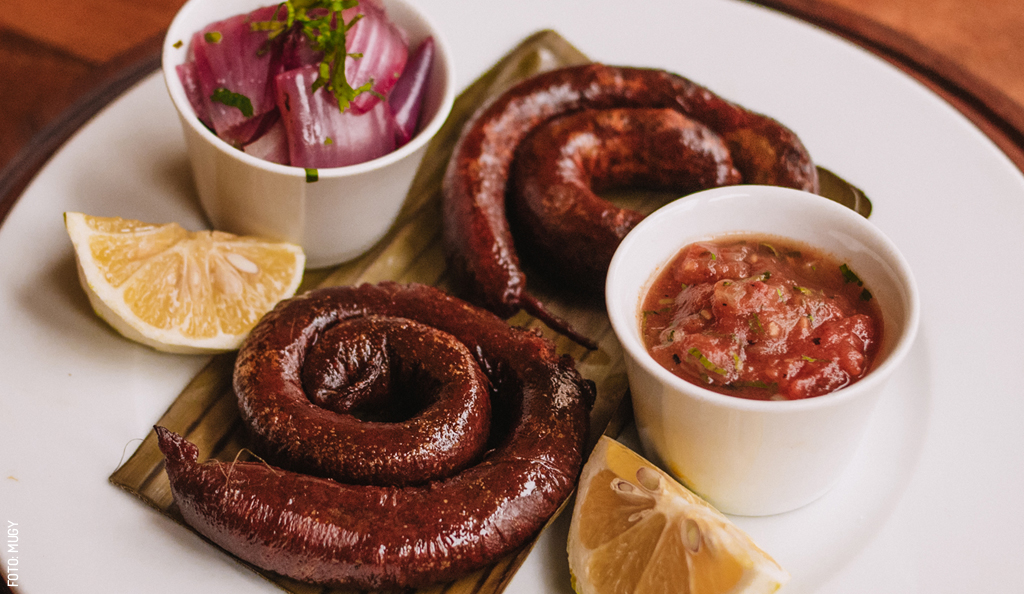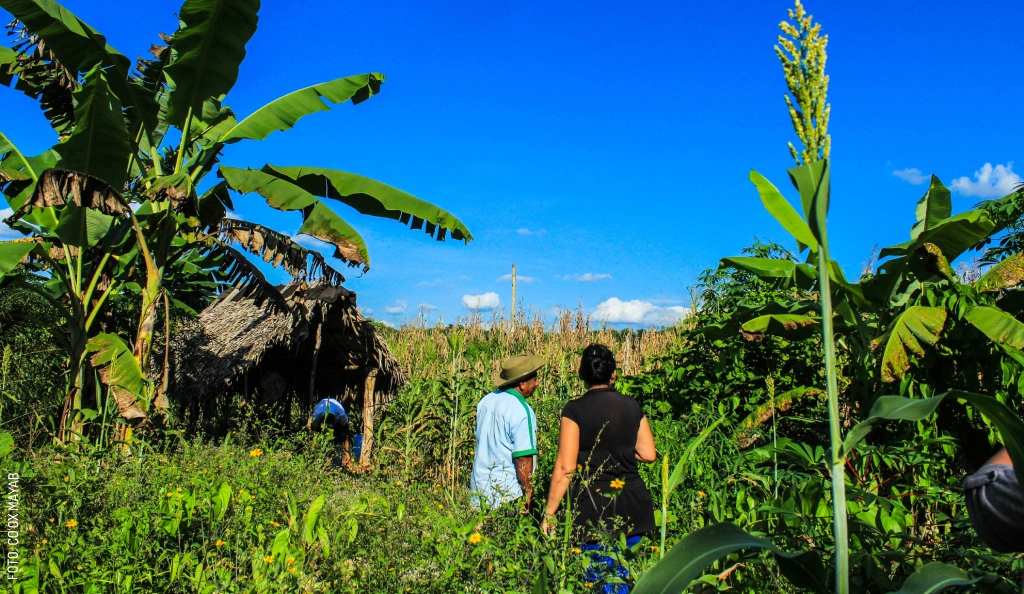Everyone knows the moon, but do you know what the Xulá is? The Xulá (Xuulab in Maya) is a type of predatory ant found in the Yucatecan forests (locally known as the 'butcher ant'). The Xulá poses a threat to various living beings, especially to honeybees, as they devour their hives and, to make matters worse, leave pheromones to prevent them from recolonizing. Additionally, their bite can be lethal to some animals, including snakes. Undoubtedly, it harms both the ecosystem and the local economy.
And you might wonder, how are the moon and these ants related? Well, here it goes.
In days gone by, when Yucatecan grandparents were still children, people had certain concerns; one of the most important was that the Xulá might go and eat the moon. Of course, today it sounds absurd, but if you take into account the devastating effects that the Xulá had on people’s lives, you can imagine how worried they were that the moon might be affected.
Picture life when not all towns and villages in Yucatán had electricity. The only light that sheltered and guided them in the darkness was the moon, and that's why it was necessary to protect it at all costs. Moreover, it was believed that if the moon disappeared, chaos would ensue, and all inanimate objects would come to life, creating a catastrophe.
And so, with good reason, they felt they had to do something about it. So, whenever they feared that the Xulá might go and eat the moon, the men fired their shotguns at the sky, and the women and children banged pots and pans as loudly as they could. All of this to scare away these voracious insects.
And how did Yucatecos know that the moon was in danger? Whenever they saw a shadow gradually covering the moon, making it disappear completely or giving it a reddish hue; when the latter happened, it was believed to be due to another, even more voracious ant: the Chak Síinik (red ant). In other words, these 'risks' were lunar eclipses, when the Earth prevents the sun's light from reaching the moon, causing it to disappear completely or also take on a reddish color.
When not threatening to eat our favorite celestial objects, though, these terrible ants were actually useful to people living out in the country. Both the Xulá and the Chak Síinik have the ability to warn us about approaching rains and help us find fertile land for cultivation.
So, when you see a lunar eclipse, remember you might be witnessing a pitched battle between the moon and the Xulá; if you want, also bang your pots and pans, but, just in case, warn your neighbors ahead, and maybe even ask them to join in.
Photography by Wikipedia and Coox Mayab for use in Yucatán Today.

Author: Fernanda Pacheco
Por Fernanda Pacheco Turismóloga yucateca, incursionado al mundo fascinante de los escritores y creación de contenido. Dispuesta a mostrarle al mundo la pureza de Yucatán.
Receive the latest articles and much more from the best of Yucatán in your email!
Related articles

Even the Birds Speak Maya
Do birds speak Mayan? Discover the secrets of Yucatecan nature! Learn the phrases "spoken" by the Pich (Thrush), Beech' (Quail), and Ts’apin.
The Ultimate Yucatán Bucket List: From Ancient Maya Ruins to Legendary...
Visit Yucatán: Maya archaeological sites, cenotes, historic haciendas, and flamingos. Experience the best of Yucatecan culture and nature.





